Essay on the Connection Autonomous Research (2)
Potential of Dance in the Post-Pandemic Period
– Focused on Nordic Dancers –
Shin-woo Kim (independent producer)
About the Connection Autonomous Research
Since 2010, the Korea Arts Management Service (KAMS) has run the KAMS Connection. This program has supported research on international performing arts markets and development of follow-up projects in order to form a basis for Korean performing arts professionals’ sustainable international exchanges. In 2020, the outbreak of COVID-19 led to a new turn of international exchanges in the performing arts field. In an attempt to try and find alternatives for sustainable cooperation among Korean and international performing arts professionals in the present and future, KAMS carried out a series of programs focused on contactless cooperation: “Korea-Nordic Connection,” “Autonomous Research” and “Support for Development of Outstanding International Cooperation Projects.” Through these programs, KAMS selected ten projects. And here are essays written by Choah Park and Shin-woo Kim, producers who were selected for the “Autonomous Research.”
[ Essay on the Connection Autonomous Research (1) - Choah Park ]
This is a summary of research I conducted as part of the “Autonomous Research” project of the Korea Arts Management Service in 2020. The research began with the following quetsions. First, amid the pandemic, could artists develop international projects without going online? Second, could such projects have the social capacity of restoring our lost experiences and senses? The research focused on Nordic dancers who have led the discourse on the social role of dance. This resulted in finding some methodologies from three Nordic artists: Mette Ingvartsen, Mette Edvardsen and Mårten Spångberg. It doesn’t mean that they refuse the online streaming of performances. But they do try to figure out how to perform in a way that matches their art world and today’s situation.
1. Mette Ingvartsen (Denmark)
1) Activities after the Outbreak of COVID-19: 'Manual Focus' Performed at BoCA and Talk
BoCA Online1), Mette Ingvartsen presented one of her earliest performances 'Manual Focues'(2003) in her hallway for about 12 minutes. She was self-isolating. After that, she had a talk with John Romão, artistic director of BoCA.
Ingvartsen had kept refusing to perform online. But there were several reasons why she accepted it for the first time and agreed to present this performance. First, as the title 'Manual Focus' (of a camera) implies, the work was initially produced for a camera. In this performance, the performer is wearing a mask of an old man on the back of her head and crawling. This process generates an uncanny feeling by blurring the boundaries between a man and a woman, an old man and a young man, the front and the back, the upper part and the lower part and what is normal and abnormal. In the original work involving three dancers, the performers are always wearing masks and keep looking at the floor so they can’t see each other. Therefore, during their rehearsal, they kept recording their performance to see what effects their movements were generating. By checking their movements through videos, they choreographed the performance gradually. Such an unusual process of choreography would have made them feel like getting feedback from the camera. To put it another way, an object called “camera” would have become a decision-maker telling them what to see and how. The performance focuses on how the audience or the camera manually adjusts visibility (i.e. how eyes make adjustments to choose what to see and how). Meanwhile, when a certain part becomes clear (e.g. mask of an old man), another part (e.g. body whose front and back are indistinguishable) becomes grotesque. The essence of this performance is to make use of such ceaseless changes to cause confusion between what people see and their perception that gives a meaning to what they see. Supposing that she has no choice but to perform before a camera due to the pandemic, Ingvartsen believed that this work would be appropriate for such an occasion. That is because the object called “camera” plays an important role in this performance from the beginning and the work is dealing with issues of the sense of sight and perspectives arising from the use of the camera.

In this performance, the mask of an old man is an element that makes the performer’s identity ambiguous. In other words, the mask keeps the audience from recognizing her identity. Even at the time of producing the work in 2003, such indistinguishableness was an important theme for Ingvartsen. Today, everything (e.g. surveillance camera, fingerprint, iris and facial recognition) is distinguishable. Nevertheless, “indistinguishableness” is still a hot issue and going further, it is closely linked to the global pandemic. Indeed, health authorities make use of all sophisticated surveillance and identification technologies to conduct the epidemiological investigation of confirmed cases. Under these circumstances, the boundaries between the public good and infringement on human rights are becoming blurred more than ever before. The mask of an old man worn by Ingvartsen implies the overturning potential of those who are indistinguishable today. At the same time, the performance transforms an individual into someone who isn’t confined to a certain identity; that person is obsessed with becoming someone unique and attractive to feel obliged to expose their identity in real time. The performance makes the audience reflect on such social obsession. In that sense, it also reminds us of issues of mask-wearing that were raised in the West throughout the year 2020. For example, Agamben said, “A face is everything on which human communication and exchange are based. So masks hiding faces consist in exerting power over people’s lives.” Moreover, cities all over Europe staged protests against mask-weraing. Paradoxically, the performance leads us to see if a mask, which has become essential part of our lives, may be a strategy of breaking free from politics excessively focused on human faces and from our society controlling everything.
When it comes to the online streaming of performances amid the pandemic, what is suggested by Ingvartsen seems to be quite clear. That is, a “performance” with multi-layered meanings is made through a combination of the following materials: content of the work reminding us of today’s situation and its style of using elements of an online performance such as the camera, screen and perspectives. Despite this, these questions still remain. From a long-term perspective, could this be a valid alternative in the entire dance and arts scene? How dry and boring would it be to see all performances talk about the coronavirus? Do all works have to focus on connection to the camera? Is the screen’s description of things in perspective the only way to make the audience feel familiar? Carrying out research with these questions in mind, I found some interesting potential in ’Where Is My Privacy?’, another project Ingvartsen did in 2008 in a context unrelated to the pandemic.
2) Alternative Methodology Found in 'Where Is My Privacy?'
Ingvartsen initiated the project 'Where Is My Privacy?' in 2008 and implemented it with Manon Santkin and Sirah Foighel Brutmann. With YouTube and social networking sites actively used by many people, Ingvartsen took note of the fundamental damage to the concept of “privacy.” Under these circumstances, the artist decided to produce a work by adopting daily activities of disclosing things that used to be considered private information in the past. To produce this work, the three performers made rules for themselves. First, they would make the performance only by communicating through videos uploaded on their YouTube channel without meeting each other in person and without talking on the phone, messenger or social networking services. Second, they must never upload videos of themselves dancing. The only direction of their dance was to make use of trance dance movements and to reflect (not “reproduce”) imaginative and speculative states of mind coming from science fiction novels. In this project which began in August, each of the three performers gradually developed their own dance for six months. And they uploaded short YouTube videos that express different thoughts, emotions and questions coming from this process. They finally uploaded about 100 videos and the three performers met each other on stage on the performance day in February 2009 and they started their performance immediately.

'Where Is My Privacy?' by Mette Ingvartsen, 2008, YouTube
In 2021, everyone is aware of the issues of privacy and communication that Ingvartsen raised back then. Nevertheless, how the artist produced the performance could constitute a creative methodology that becomes meaningful again amid the pandemic. It isn’t just because of the physical restriction that keeps the performers from meeting each other in person to rehearse. The performance is still meaningful today because the realm of thoughts it actively makes and expands and its invisible links are particularly important today. Throughout the rehearsal period, each of the three performers would have visualized their existence on stage while also imagining the other performers’ movements and the location of their own body in relation to them. In this way, they would have made innumerable versions of the performance. Today, everything in art is flattening in a 13-inch monitor. In this context, the power of online media would come not from finding and recording what is visible but from using it to stimulate the vast realm of imagination. In such a project, the performance isn’t fossilized as just one online video. In fact, each of the imaginations of the performers and audience that were generated throughout the project becomes a performance. Above all, human relationships don’t seem to depend on their physical distance or any other condition. The sense of being connected rather becomes stronger as people strive to link other people’s fragments to theirs in severed and fragmented communication, just like in this project.
3. Mette Edvardsen (Norway)
1) About Online Performances and Theaters
In a recent online interview with KnowBox Dance3), Mette Edvardsen said that dance isn’t a visual art form because other senses also participate in it. This is an important point for Edvardsen when considering an online performance. She doesn’t mean to glorify live performances only or to refuse all filmed performances. Nevertheless, supposing that dance is an art form involving senses other than sight (i.e. touch, hearing, smell and muscular sense) for the performers and the audience, it becomes important to consider how online performances could generate such experiences of using different senses. Edvardsen also says that it is necessary to consider the context of a work. For example, an artist’s intention may be to give a certain meaning to their work by replaying an online performance several times. Or, regarding the content of a certain performance, it may be more important to be viewed by many people regardless of any context of space and time. However, Edvardsen makes clear that she doesn’t feel any special need to let her performance viewed anytime by getting out of a context of generating a certain special experience of senses.
It doesn’t mean that Edvardsen insists on performances at theaters or on stage. She says, “For me, a performance is not so much an action... It’s more relating to time as material...”4). As long as a performance is relating to time, it could take place on the staircase of a library, in a waiting room, in a book and in the performer’s body. Such a perspective could suggest diverse possibilities in this post-pandemic period in which in-theater performances are facing restrictions. “You can write the past, and you can write the future, but you cannot write the present.”5) Just like what she says, it is important for her to trigger imagination by generating unique experiences of senses about the present through dances and performances. And this requires space and time and a point of immersion that are separate from daily life to some degree. I may be interpreting her viewpoint in a somewhat dualistic manner but simple online streaming of recorded performances has its limitations in this aspect. In many cases of live streaming, everything is received only as clear visual information. And without sophisticated technologies and a great amount of capital, it is even difficult to generate the feeling of “liveness” through high-quality live streaming. Particularly in the case of performances that have many “blanks” but that don’t have any clear narrative, dynamic movements or colorful characters, it is basically up to the audience to freely fill the blanks. If such performances are presented online, viewers find the blanks boring and they fail to stay focused, thus feeling the desire to “turn to other videos.”
2) ’Time Has Fallen Asleep in the Afternoon Sunshine’ amid the Pandemic
Mette Edvardsen’s website says that all “stage” performances have been canceled due to the pandemic. However, it does let visitors know that a performance called ’Time Has Fallen Asleep in the Afternoon Sunshine’ is still taking place in countries including Italy, Latvia and Spain. In this performance, the performer becomes a “living book.” They choose a book and memorize it from its first chapter. Then they meet a person on a one-on-one basis to tell them the story of the book. The performance has a simple structure but it actually deals with numerous essential issues of the performing arts: memory and oblivion, practice and repetition, temporality and the relationship between the audience and the performer.
In an interview with Edvardsen, I had a chance to discuss why this performance could continue amid the pandemic and what its meaningfulness would be. The simplest reason would be the fact that this performance doesn’t require the artist to physically go to a certain space and that it is entirely done through the local performer’s individual practice; the performance isn’t affected by coronavirus-related travel restrictions. But going beyond this, the performance has special meaningfulness today in numerous aspects.

Photo © Document Photography - Sydney Biennale(2018)

Photo © Titanne Bregenzer
First of all, Edvardsen talks about what the participating performers experience. Memorizing a book isn’t something you could do rapidly in just a few days. And making more efforts doesn’t mean that you memorize the book better. It requires you to invest your time and attention diligently, every day. In the context of self-isolation limiting your physical activities, it is important to have such a routine of investing your time. If you have been obsessed with ceaselessly producing something and tried to run fast, stopping everything suddenly with the pandemic wouldn’t necessarily feel like a comfortable break. Such a situation could even lead to anxiety, depression and a feeling of emptiness. Under these circumstances, memorizing a book, which looks meaningless and unproductive at first glance, makes the person reflect on the logic of productivity and efficiency that have dominated their life. It also suggests an alternative rhythm of life and a sense of purpose. Above all, memorizing a book isn’t linked to the person’s innate capacity. Most of the performers of this work are ordinary people. Edvardsen is confident that there is no such thing as the “ability or techinique of memorizing a book better.” Anybody can do it and it takes anybody about two months to do this work. Amazingly, most of the performers have the experience of “finding a strategy of muscle memory.” In other words, they can’t memorize a book by adopting a strategy they choose consciously. Some people memorize a book by imagining its scenes while others do it by means of the shape of the letters and location of pages. Just as pianists have scores in their finger muscles, much of the process of memorizing a book involves muscle memory. Two months later, anyone has the book somewhere in their body. After memorizing a book, many performers say, “I can’t believe that I did it.” In this way, the process of “becoming a living book” could also be a channel of getting to know the potential capacity of one’s own body. In this pandemic period of reducing the body to a face on the screen of Zoom, reminding us of of our living body and its capacity is an important role played by the performing arts.
This performance usually takes place on a one-on-one basis in daily spaces outside theaters such as libraries and shopping malls. That is why this work is relatively free from the shutdown of theaters and limit of the audience due to the pandemic. But more than anything else, what makes the performance particularly meaningful today is the very experience of two strangers who meet each other and share completely different space and time in a corner of daily life. It is never simple for a “living book” to meet the audience. Unlike an audio book, the performer is influenced by different factors such as the audience’s reaction and posture and surroundings. Depending on these factors, the performer sometimes recites the book effortlessly or they suddenly feel numb and can’t say anything. Not only for the two-month period of memorizing the book but also during the performance, the performer must make all-out efforts for the audience. After attending a performance, someone said, “It has been such a long time since I had this experience of having someone who serve me with great care.” Such a sentiment of “caregiving” comforts us who are tired of ceaseless ruptures. And half of this interaction belongs to the audience. They cannot “Like” the performance and move on to other videos. In addition, they can’t fast forward. For this reading of 30 minutes, which isn’t short at all, the audience can’t go anywhere and they must concentrate on and react to the performer. Such concentration has become a strange experience particularly today. That may be why many of those attending this performance feel that “they only had the book and themselves in this world.” When it comes to the performances that were presented after the outbreak of the pandemic, Edvardsen never wanted to have online meetings between the performer and the audience and to perform on Zoom. That was because she was well aware that such a sense of different space and time would not be generated on the screen. Even if the performer and the audience are wearing masks and keeping a distance of one meter, the high-density friendliness that is formed through the work is so precious. Considering how precious such friendliness is, I can easily understand why Edvardsen says that recent performances especially had many emotional reactions.
Edvardsen mentions a new branch that has been spread from this project since the outbreak of the pandemic. The project had already seen many variations6) but this new activity was launched as the “living books,” who couldn’t see their readers anymore, began to write about themselves in letters and send them to the audience in order not to forget each other. In spring and summer 2020, such letters exchanged between the performers and the audience were exhibited. This led to a natural follow-up activity which began in fall of that year. That is, if a reader tells the performer that they want to read the book, the “living book” writes about itself in a letter and sends it to the audience. Here again, not email or Zoom but old-fashioned, hand-written letters are used. Why? Because a hand-written letter contains the project’s important values such as the actual time and movements of muscles that are needed to write a letter, efforts to remember something for the audience and the performer’s personality found in their handwriting.
4. Mårten Spångberg (Sweden)
In an interview with me, Mårten Spångberg said with confidence, “If I were to make a performance amid the pandemic, I don’t want to choose Zoom performances or online streaming.” Such a response would be natural, considering the artist’s previous works that repeatedly stressed the potential of dance and the moving body. In his performances 'La Substance', 'NATTEN' and 'Gerhard Richter, une pièce pour le thêatre', Spångberg insists on long running times from three to nine hours and he fills such long performances with repetitive movements. In this way, his works have liberated the audience from their ritual and rational decoding process. According to him, such temporality of the performing arts and the ensuing unique attention (the way we keep ourselves interested in something to pay attention to it) hold the clue to the capacity of dance. For the artist, a theater is one of the few spaces where people can do without multitasking and spend time anonymously. So far, it is very rare to find an online performance gaining such temporality. In many cases, these characteristics of the performing arts are replaced by “flat” experiences on the screen. Such online performances aren’t very different from films on Netflix and they are even considered low-quality and uninteresting compared to films. Ultimately, what remains is the duty of the artist who has no choice but to go online to continue their activities. Mårten Spångberg says that at least for dance, it is necessary to find alternatives, adding that the pursuit of such alternatives should continue.
1) Temporality and Attention
“Performing arts today tends to reproduce forms of attention that we know too well from corporate culture, social media etc. Attention is economy which means that contemporary economy constantly upgrades the optimisation of time and the way we attend to it. [...] What is the attention that only dance or performing arts can generate? Perhaps the theatre and dance can function as a space where we aren’t haunted by online presence, yoga classes and Netflix algorithms not because of regulations or good behaviour but because dance and performing arts offer different modes of desire or relations to time.”7)
While Edvardsen’s 'Time Has Fallen Asleep in the Afternoon Sunshine' made new space and time, Spångberg considers it important to generate temporality that is a little different from the rhythm of reality and to use it as a means of resisting obsessive speed that dominates our daily life. Here, “attention” doesn’t mean “closely looking at something.” Today, the attention required by society is to constantly understand certain meanings in the flow of rapidly moving information. Today, it is a virtue to discover as much information as possible in the shortest period of time, getting busy changing multiple applications and screens. Without multitasking, we lag behind others. In fact, today’s performing arts scene is also following such a rhythm in many ways. However, with the pandemic, Earth has sent us a clear sign that such a speed and pace aren’t sustainable. Therefore, it has become urgent for us to find an alternative rhythm and nonexploitative attention. Spångberg finds the potential in the performing arts. Facing the stage, we don’t have freedom anymore and we can do nothing but sitting still. Meanwhile, information is flowing very slowly and a huge amount of time is wasted. Freeing ourselves from the obsession of seizing every second, we spend time in a lazy and wasteful manner. While logical and causal consciousness takes a break for a while, the experience of other senses begins. It may be impossible to describe such an experience verbally but it is an experience of entering certain space and time far from reality. Spångberg says, “Particularly these days, we may desperately need a space that doesn’t lead our experience to a specific direction, a space that doesn’t dictate things to think about and a space that doesn’t define proper opinions.” “We may feel familiar with the form of such a space but in that space, the experience would remain open, undefined and generative.” But as theaters have closed, how could we make such a space today?
2) Methodology of 'They Were Thinking, In The Background, Wild Nature'
Spångberg suggests the following alternative framework as an international performing arts project that could also take place during the pandemic. This is how it works. First, the artist makes a dance performance for four dancers. Two of the dancers are in Berlin and the other two, in Seoul. The dance is performed in public spaces whose access isn’t restricted during the pandemic (e.g. park, street and plaza) in the two cities. The performers receive different scores for the dance. These four scores, which comprise simply repeated sequences, are combined to complete the choreography. Lasting about an hour, this choreography includes a group dance of four people and solo, duo and trio variations. The performance ensures perfect simultaneity in Seoul and Berlin; it starts and ends in the two cities at the same time. It starts at 5 p.m. (at sunset) in Seoul and at 9 a.m. (at sunrise) in Berlin. The audience or passers-by are given a QR code attached nearby to listen to the live-streamed music but they can’t see dancers who are dancing in the other city.

'They Were Thinking, In The Background, Wild Nature' by Mårten Spångberg © Su-hwan Park
According to the artist’s suggestion, the scene of the four dancers dancing together only remains in the thoughts of the performers and the audience. Each of the performers in Seoul and Berlin and each of the audience groups in Seoul and Berlin makes their own imaginative thread connecting the two cities, instead of being connected online in real time. The mental network of those who don’t see each other physically expands to a scale of traveling across the globe. It is about sensing and mourning today’s absence of each other and at the same time, it is an attempt to restore the wave of connection in another dimension. Here, the dance itself consists in a repetition and combination of the simplest sequences, which minimize information. Those who watch this performance are easily distracted because the dance provides such a small amount of information. Moreover, the dance takes place in a public space, so people naturally observe the surrounding landscape as well. And seeing the sunset, they sense the passing time. Children playing football in the park, the flickering red light reflected in an apartment window and falling leaves... The landscape and nature we haven’t noticed before now come into our world of senses. This reminds us of the fact that we are connected to the world through such a dense net. Spångberg believes that sensing and experiencing such an ecosystem are about “becoming” public and generating a public venue. Amid the pandemic, public spaces, where we could share space and time with someone and look at the world with them, are gradually disappearing. Under these circumstances, the role of the arts would be to desperately look for strategies to occupy such spaces.
The methodologies of the three Nordic artists I talked to for this research have something in common. That is, they are all attempting to create space and time unique to the performing arts and to restore damaged connections through imagination in such space and time. In today’s reality of physical absence, the experience of sharing something and the sense of being connected in the realm of thoughts are as powerful as, or more powerful than real-time connection. For the year 2021, I look forward to seeing performances that experiment with connection in a greater variety of ways, on the basis of such thinking.
Author: Shin-woo Kim
Shin-woo Kim served as a programming assistant and producer at the Festival BO:M, Busan International Film Festival, Asia Culture Center and cross-disciplinary arts project of National Museum of Modern and Contemporary Art and currently works as the executive producer of the Ob/Scene Festival and as an interpreter/translator.
1) BoCA (Biennial of Contemporary Arts) is a cross-disciplinary biennale project focused on the performing arts, visual arts, performances and music and it is held in Lisbon, Portugal. Since April 2020, a YouTube channel called “BoCA Online” has invited artists, scholars and experts in different fields to present works and talks. (https://www.youtube.com/c/BoCABienal/videos)
2) A dance generating a trance-like sense by changing the same movement very slightly.
3) The dance film festival Knowbox Dance is held in December this year in Seoul and Dallas. The festival has a podcast and YouTube channel sharing interviews with about 60 choreographers and dancers. (Website: http://www.knowboxdance.com/)
4) Excerpt from an interview at Knowbox Dance: https://www.youtube.com/watch?v=vkmpVqZ6W50&t=2s
5) Foreword of Mette Edvardsen’s retrospective program at Black Box Teater in Oslo. https://legacy.blackbox.no/katalog/2015-mette-retrospektiv/pdf/mette_retrospektiv.pdf
6) There are some variations of the project. For example, the “living book” writes what they memorized on paper to make a physical book. Or, a new performer listens to the existing “living book” to become another “living book.”
7) From “What is a public” in Mårten Spångberg’s performative writing project 'They Were In The Wild'. https://www.notion.so/f8dcfd5ead8443819d8352a5315e4e8f








 PREV
PREV
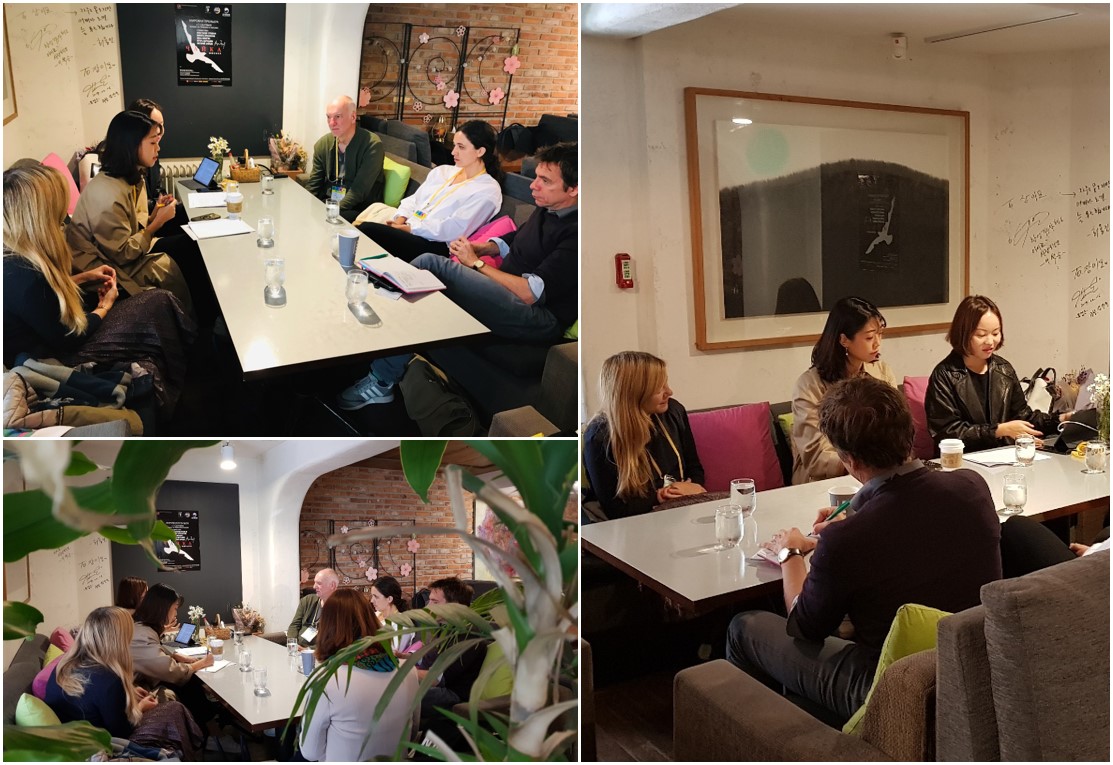
.jpg)
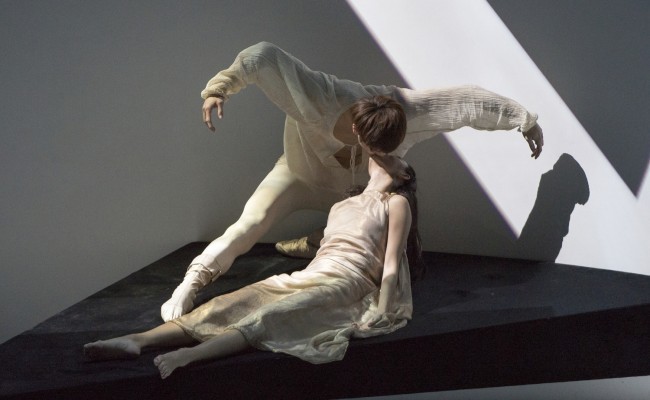
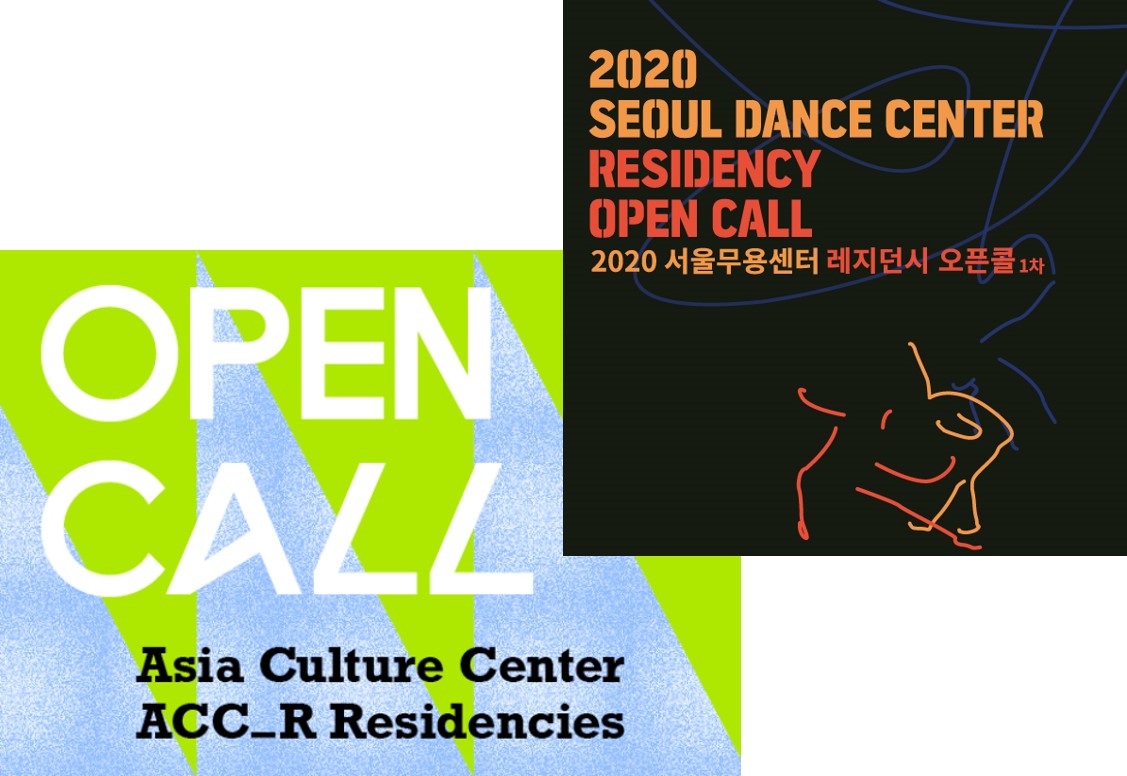
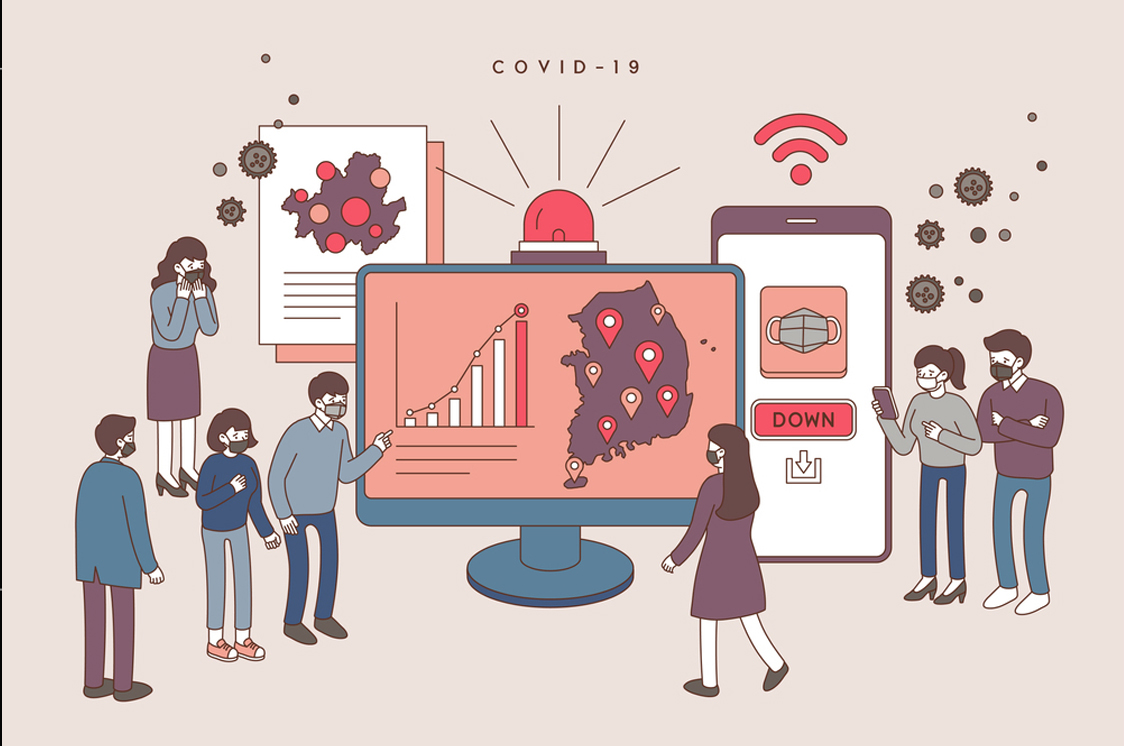
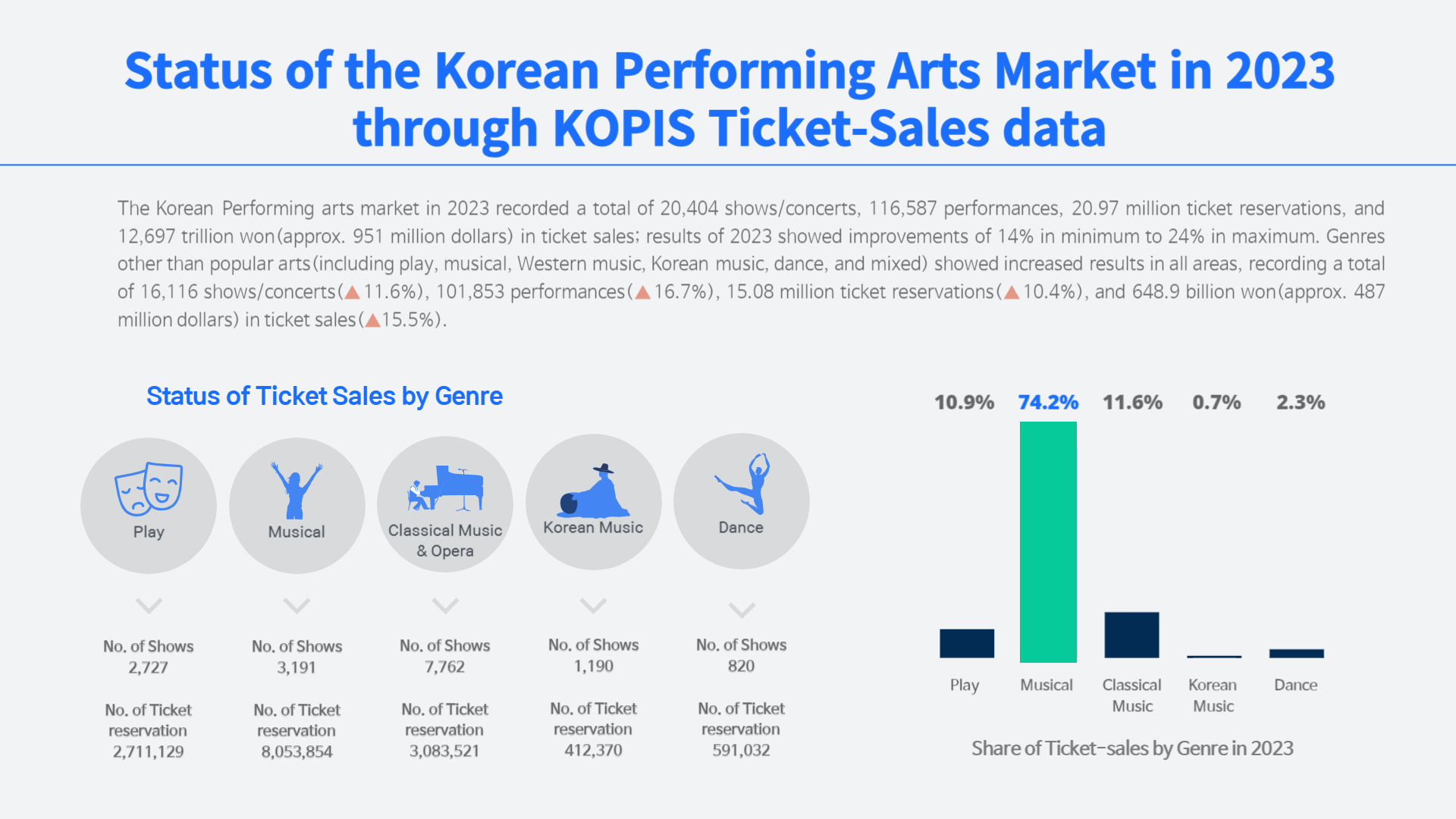
.jpg)
.jpg)
.jpg)
.jpg)











